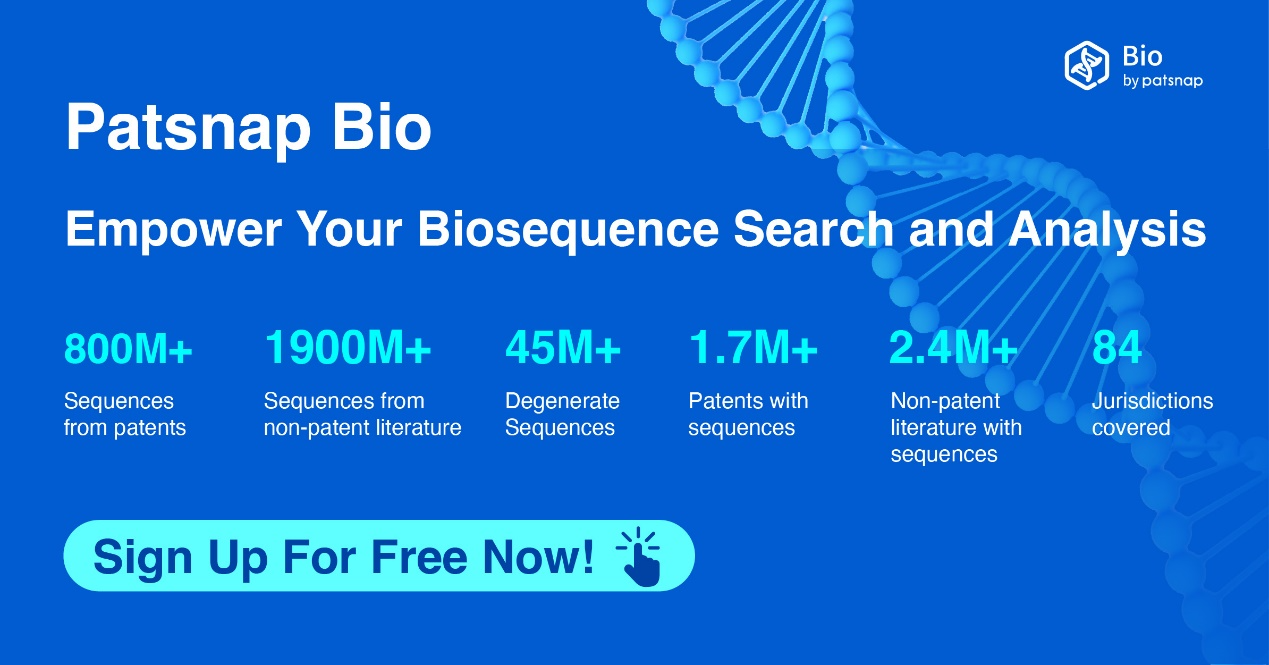Biological Glossary | What is Primer?
In biology, a primer is a short single-stranded nucleic acid sequence that serves as a starting point for DNA synthesis. Primers are indispensable in living organisms, where they are short strands of RNA synthesized by an enzyme known as primase. They are imperative because DNA polymerases, the enzymes that synthesize DNA, can only attach new DNA nucleotides to an existing strand of nucleotides. Hence, the primer primes and lays a foundation for DNA synthesis. Subsequently, the primers are removed and the gaps in the sequence are filled with DNA by DNA polymerases.
In laboratory settings, scientists have the ability to design and synthesize DNA primers with specific sequences that bind to sequences in a single-stranded DNA molecule. These DNA primers are crucial to perform the polymerase chain reaction, which is used to copy pieces of DNA or for DNA sequencing.
Primers can come in pairs (either forward or reverse) with a sequence complementary to the template DNA, and they serve as the initiation point of synthesis. The objective of the primer is to synthesize DNA providing an initiation point for polymerase. Furthermore, in PCR, DNA primers are preferred over RNA primers due to their stability, the ability to be synthesized easily, the fact that they cannot be removed after the end of the reaction, and because most amplification made is from DNA, where the use of specific nucleotide primers is recommended.
However, while designing PCR primers, some factors need to be considered, such as the melting temperature of the primers and the annealing temperature of the reaction. In addition, the DNA binding sequence of the primer needs to be specifically chosen using a method called the basic local alignment search tool (BLAST) to ensure the primer binds to specific and unique regions.
Free registration is available for the Bio biological sequence database: https://bio-patsnap-com.libproxy1.nus.edu.sg. Act now to expedite your sequence search tasks.




